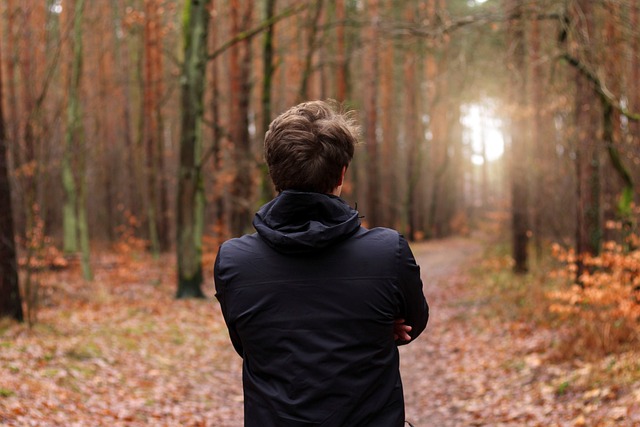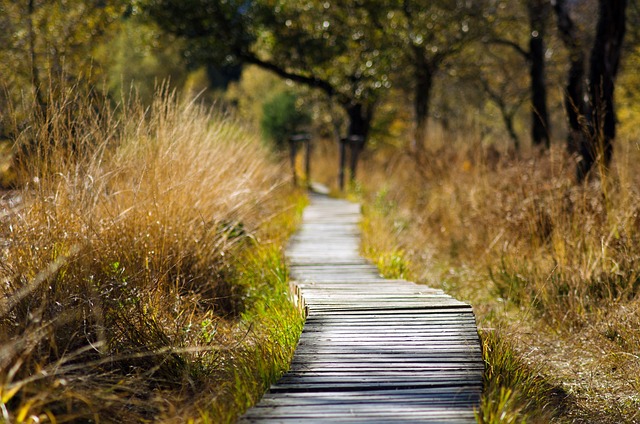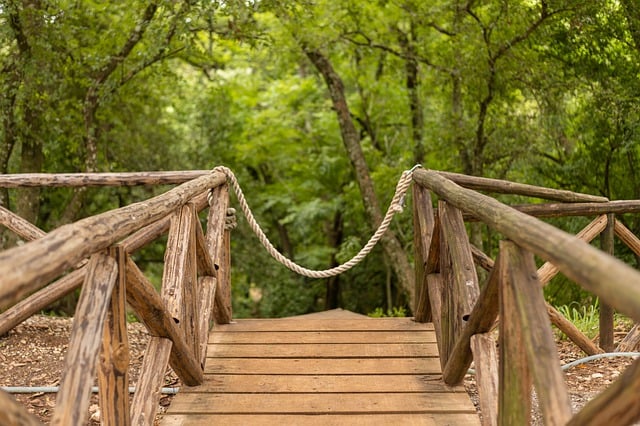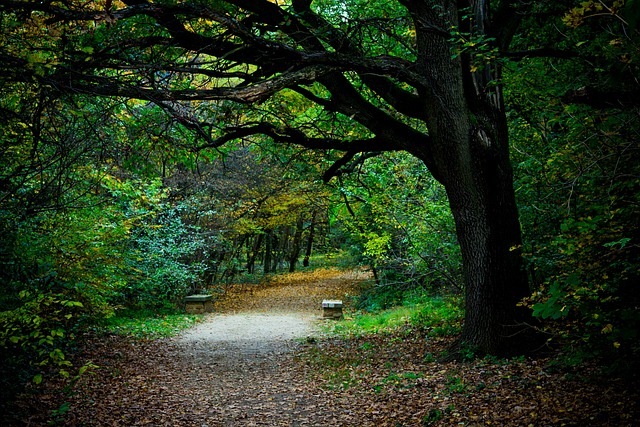In the previous post, I wrote about how storytelling helped Tiffany Barton deal with grief and loss on the suicide death of her son, Cosmo. She talked about her letter and poem, Young Death, that Nick Cave published in his book, Faith, Hope & Carnage. She expressed gratitude that Nick’s wife, Susie Cave (née Bick), allowed him to share her “guilt and shame” in his book because it helped Tiffany “so much to know I wasn’t alone”. Tiffany also stated that in sharing her own story publicly in the Weekend Magazine, she felt “some relief from pain” and “some forgiveness”. Her experience and that of Nick reinforces the wisdom of Annie Brewster in her book, The Healing Power of Storytelling: Using Personal Narrative to Navigate Illness, Trauma and Loss.
Forgiveness: Release from guilt and shame
The latter part of Nick’s book is devoted to forgiveness and the idea of making amends. He indicated that he and Susie were “looking the wrong way at the wrong time”. He suggested that everything they do now is designed “to seek forgiveness by making amends”. Tiffany related to that statement and indicated that her public storytelling was designed to help anyone else who is also wrestling “with guilt, shame and self-loathing” as a result of the suicide death of their son or daughter. Nick devotes a whole chapter (chapter 15) of his book to the theme of “Absolution”.
Nick found recording the Skelton Tree album in Brighton particularly challenging as he had to drive each day past the cliffs were his son Arthur died and past the Church where he was buried. Even moving to Paris to finish the recordings did not assuage his sadness or sense of guilt. What did effectively provide some form of “exoneration” and inner peace was the Andrew Dominik’s documentary, One More Time with Feeling. The documentary captures the final recording sessions of Skeleton Tree by Nick and his band, The Bad Seeds, following the death of his son. It also incorporates Nick’s reflections and those of his wife, Susie. Nick explains that the documentary seemed like it did something for Arthur – “bring him back into the world”. It served as a form of release for his own sense of helplessness and guilt and enabled him to experience “a kind of peace, an internal silence and calmness”, even when driving past the cliffs where Arthur died.
Finding forgiveness in working with clay
Nick found his way to forgiveness not only through his music but also through working with clay and developing figurines “in the Staffordshire style”. He became obsessed with this project pursuing it intensely because he was totally absorbed by it and experienced flow through the deep concentration involved. Nick found the process therapeutic, permeating his dreams and consuming much of his time when he was awake. He indicated that part of the attraction of working with clay was that the process was “something very direct and elemental”. Nick found that the medium “felt liberating, also very healing”.
Sean O’Hagan, Nick’s interviewer for the Faith, Hope & Carnage book, was intrigued by Nick’s compulsion with the clay figurines and asked about the portrayal of the epic journey involved, a seeming allegory. Nick responded that the figurines were not intended to be directly about Arthur but, in the final analysis, had something to do with his death – there is a gesture of atonement involved in the final sculpture that is titled “Devil’s Forgiveness”. When asked directly whether the figurine epic is “an allegory about forgiveness”, Nick found it difficult to articulate exactly what the figurines meant. However, despite himself, the figurines, and the story they portrayed, spoke to him “directly and explicitly”. He found that the “plain and explicit nature” of the figurines related to him “the larger and unambiguous meaning of his predicament”.
Nick explained that the theme running through each of the sculptures, and the underlining story, is “the need to be forgiven” which he maintains is at the centre of his life and that of Susie and, as such, acts as a “motivating force”. Nick stated that the Faith, Hope & Carnage book, his live performances, albums (Skeleton Tree, Carnage and Ghosteen), The Red Hand Files, and his In Conversations events, are all asking for absolution – “to be released from my own personal culpability”. He also maintained that all the work that they do – he (with his creative works) and Susie (with her “ghost-like dresses”) are asking for forgiveness and saying that they are sorry for what happened to Arthur. In his own words, Nick asserts, “There is not a song or word or a stitch that is not asking for forgiveness”.
Reflection
It is not possible to fathom the depth of grief and feelings of guilt and shame experienced by a parent on the death of a son or daughter. Grief expresses itself in unique ways – for some it is totally consuming and takes over their life. For others, it seems to be a passing feeling that becomes buried before it can become an all-consuming pain. Some retreat into isolation , others “party on” while attempting to “drown their sorrows”.
The road to self-forgiveness and absolution is a long and winding road, and often a tortuous path. It is highly individualised as reflected in Nick’s figurine epic and Susie’s dress designs. Each person has to find their own way through the darkness of grief, guilt and shame. For Nick and Susie, the road to release was paved with creativity – but never dissolving the underlying sadness.
Nick mentioned that meditating enabled him to access his better, sympathetic self. In contrast, when he stopped meditating, his life tended “to slip back into chaos, low level depression and anger”. As we grow in mindfulness through meditation, we can progressively deal with our challenging feelings of grief, guilt and shame and find a way to support others through empathy and compassionate action, whatever unique form that takes. Through his pain, Nick reminds us to savour the “the precious nature of things” and the world at large.
________________________________
Image by Sergio Cerrato – Italia from Pixabay
By Ron Passfield – Copyright (Creative Commons license, Attribution–Non Commercial–No Derivatives)
Disclosure: If you purchase a product through this site, I may earn a commission which will help to pay for the site and the resources to support the blog.









